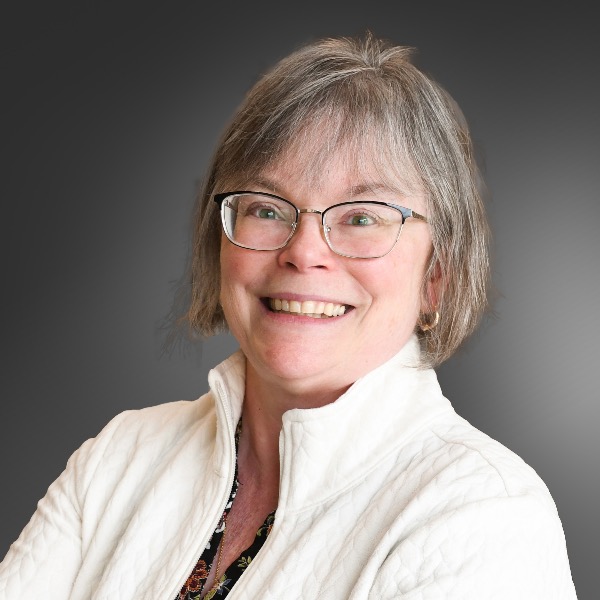Jennifer Schneider

After a time in industry, I have been at RIT 23 years. I teach many risk related courses (Exposure Assessment and Analysis, Risk Management, System Design, Disaster Science, etc.). I focus on research that impacts communities. This domain is crosscutting and gives me the opportunity to broadly interact with students and colleagues, and is never, ever the same.
1. How Do You Teach Applied Critical Thinking in the Context of Disaster?
I teach a Disaster Science elective course that unfortunately did not run this spring! I start with evaluating information: I have students read posts about some disaster going on right now- ‘situational awareness’. Disasters and emergencies are driven by ONE thing—information- our own experience, directly sharing with others or through shared news. Therefore, it is ever so critical to have the best information we can, which is difficult to do in an evolving situation. In any community-level disaster, it is also important to read widely, to understand the perspective that is not our own. People will act based upon their perception of the news. Quality: As you read, check yourself—is this information from a primary source? Is it reliable or rumor? Is it biased? What is the QUALITY of the source? Do I readily agree (ask yourself why)? Speed: As disasters speed up, information changes rapidly making it very difficult for everyone, including the typical news sources, and even leaders, to keep up. As the speed increases, the quality decreases. Notice I did not say volume, but speed. Volume simply is an indicator of impact and the point of evolution of the disaster (as the event begins an impact, volume will exponentially increase). Some of this volume will be individual, first-hand accounts. This first-hand information is the most important temperature we can take on how effective we are in our efforts/response, and a sample is enough. Another important point: Carefully consider information that comes from a single, individual perspective that is then applied to a group. ‘Scale up’ sometimes generates false assumptions about the best path. The exception to this is a recognized expert. I won’t get into the rest of disaster science- that is a whole course. It is open to the RIT community as an elective.
2. Why Do You Think Applied Critical Thinking is Important in Your Domain?
I think that is obvious in relation to this disaster. But there is another side here to consider. Disasters are actually part of a larger group of environments and events (the noticed part of the environment) that are change focused. Disruptions are both positive (innovation) and negative (disasters) and it depends on your position in it for what you experience. We can move ourselves to be more positive by structuring our path that way- there is a science to this, and I am actually interested in how we can foster this opportunity as much as manage the negative. This is known as resilience.
3. Can You Share a Story Where Quality Applied Critical Thinking Was Key to Your Success?
As a brand new, young HAZMAT incident commander decades ago, waffling on whether to evacuate a town with a possible gas leak, I learned that I had to listen to and rely on my people on the literal front lines. I did call that evacuation, and no explosion occurred, all were safe. I was scared each minute about making the wrong call. We all are. My team’s expertise (primary source expertise) was the secret to being able to effectively manage the process. My job was to pull in that information, use it to guide decisions, have as effective two-way communication as I could, and treat that team well. I needed them- and I could not ever know as much as they did collectively.
4. How Do I Use Critical Thinking in Other Areas of Your Life Outside of RIT?
I earned my call sign as ‘Chicken Little’ long ago at Eastman Kodak. My family is always reminding me that life does not have to be about continuous situational awareness. Therefore, I also have used my skills in other ways, like researching multi-modal disruptions of all kinds, and working on process improvements that are about optimizing the combination of people and technology, like being Fram Chair. I retired from (but miss) active response. I still teach the next generation (inside and outside of RIT) to think critically, think in risk driven or disruptive times, and I live vicariously. I also use my critical thinking to collect antique china and buying chocolate (in both cases, evaluation of source information and quality is key).
5. Any Last Critical Thoughts You Wish to Share About What We Are Experiencing Now or What You Have Learned in Past Work?
Each disaster has a life span, and each is unique. But each is also the same in one sense: our experiences will not be measured in numbers but rather how we treat each other. Ask yourself if you are critically thinking about your own thoughts, and therefore, your own behavior. We are all our own incident commanders and, in a disaster, people become more of their natural selves. Every disaster is local—it is about local experience right down to the individual level. Keep that in mind as we live through these difficult days. Do your best based on what you know to be true. People, our close relationships and those we do not know, are the most important use of our energies now. Your thoughts and actions are as critical to more than just you.